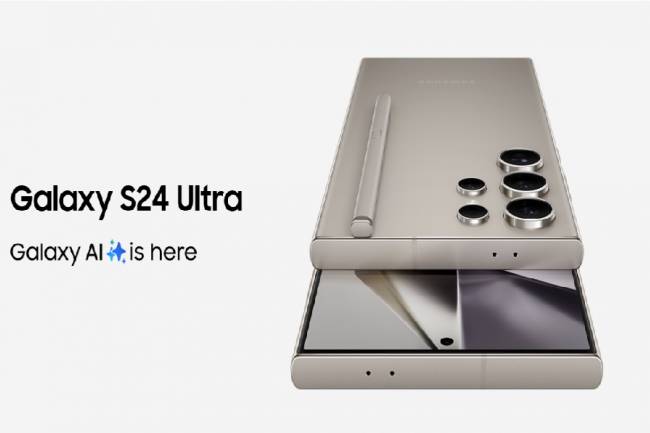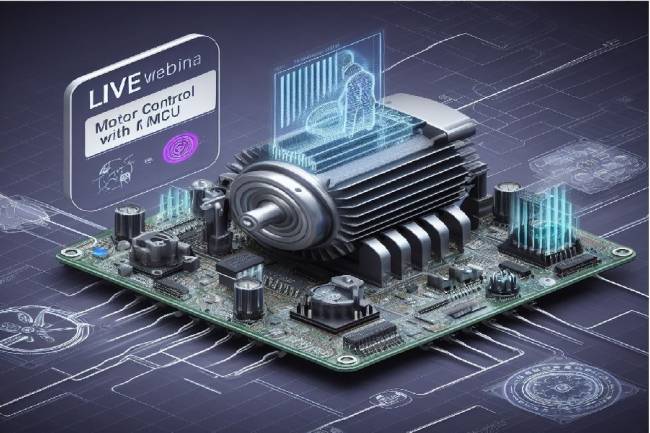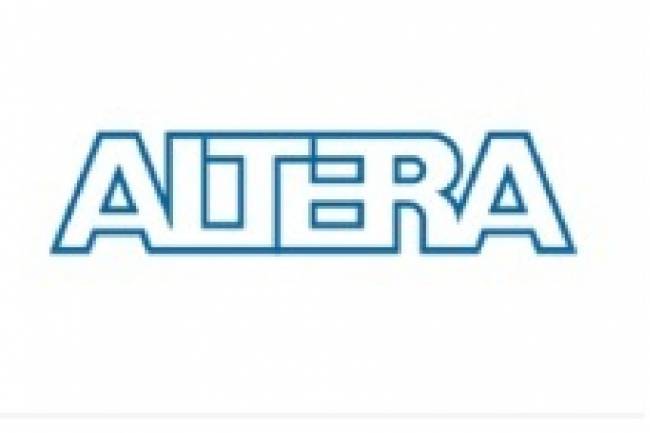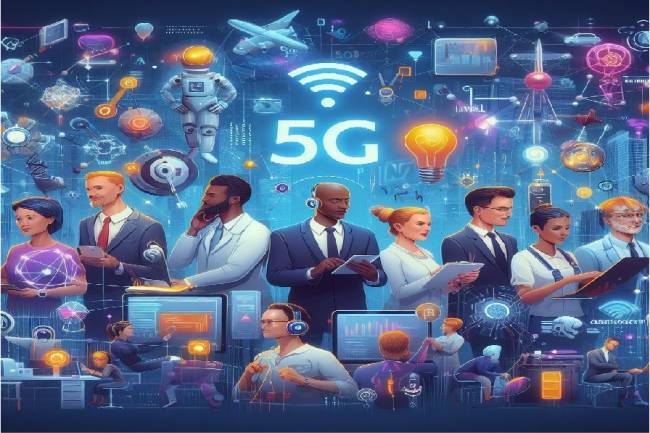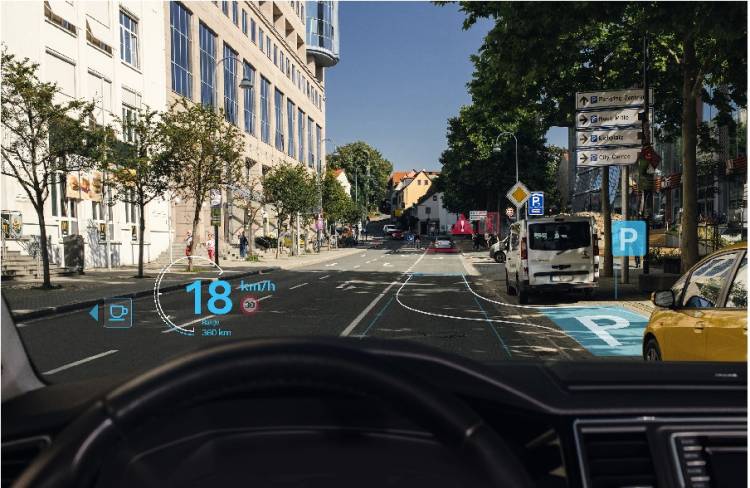
Zeiss Announced Hologram Technology
Multifunctional Smart Glass technology
German optics giant Zeiss is preparing to introduce its Multifunctional Smart Glass technology for holography at the CES 2024 fair in Las Vegas. This is the beginning of a revolution.
German optical giant Zeiss is preparing to introduce its Multifunctional Smart Glass technology at the CES 2024 fair to be held in Las Vegas. This cutting-edge technology will open the door to countless applications, from automotive head-up displays to smart home innovations, with the ability to project holographic and augmented reality content onto a transparent surface.
Compatible with all glass surfaces
The thin polymer film at the core of the technology can transform any glass surface, such as building windows, transparent screens or vehicle side windows, into an interactive and dynamic display offering over 92 percent transparency.
At the heart of Zeiss' Multifunctional Smart Glass technology is a thin, transparent layer equipped with ultra-high precision optics. With transparency exceeding 92 percent, this layer serves as a canvas for holographic projections and can transform any glass surface into an optional display for communication with maximum clarity.
In his statement, Zeiss Microoptics Vice President Roman Kleindienst described the technology as a "Gutenberg moment" for holography and said, "This technological milestone for holography can be compared to what the invention of letterpress meant for writing."
The replication technology introduced by Zeiss enables large-scale production of holograms for the first time, breaking the traditional limitations of small production runs. This technology has found application in space missions carried out by ESA and NASA, as well as in the semiconductor and medical technology sectors.
On the other hand, one of the most interesting applications of Zeiss's technology is the holocam, a transparent camera seamlessly integrated into glass panels. Holocam uses coupling, decoupling and light directing elements to direct incoming light to a hidden sensor. This technology offers a sleek, unobtrusive design by eliminating the need for visible cutouts or installation space for cameras and sensors. Its usage area is quite wide, from phones to smart cars.
Zeiss envisions its technology being used not only for entertainment and consumption purposes, but also for environmental data collection, including monitoring air pollution and UV exposure.
Alongside the transparent camera, Zeiss will also showcase Augmented Reality Head-Up Displays (HUD) for cars at CES 2024, offering drivers a seamless and secure interface for important information without taking their attention off the road.
The technology can go beyond dashboard displays, turning side and rear windows into platforms for Car2X communications, darkening window glass or displaying projected text and images that are only visible from certain angles.
Beyond the automotive sector, Zeiss also sees potential in smart homes, where holographic 3D control elements could appear on flat surfaces and be activated by gestures or voice commands. The transparent layer can also facilitate interior lighting innovations and energy production through the absorption of sunlight, offering new possibilities for energy production in office building facades and home windows.
https://www.zeiss.com/




